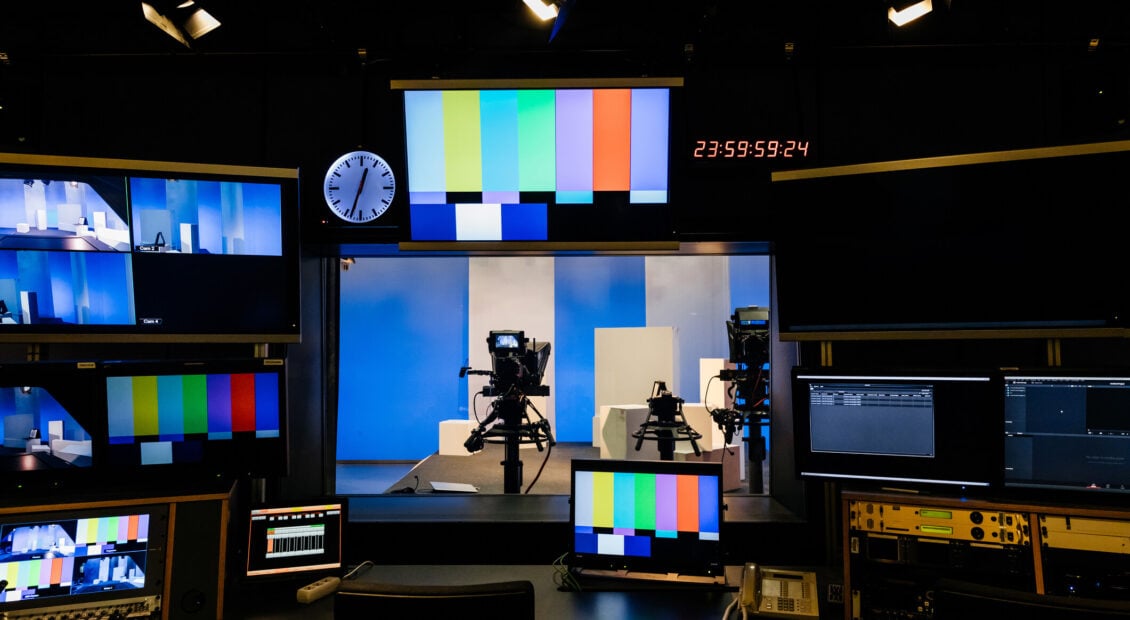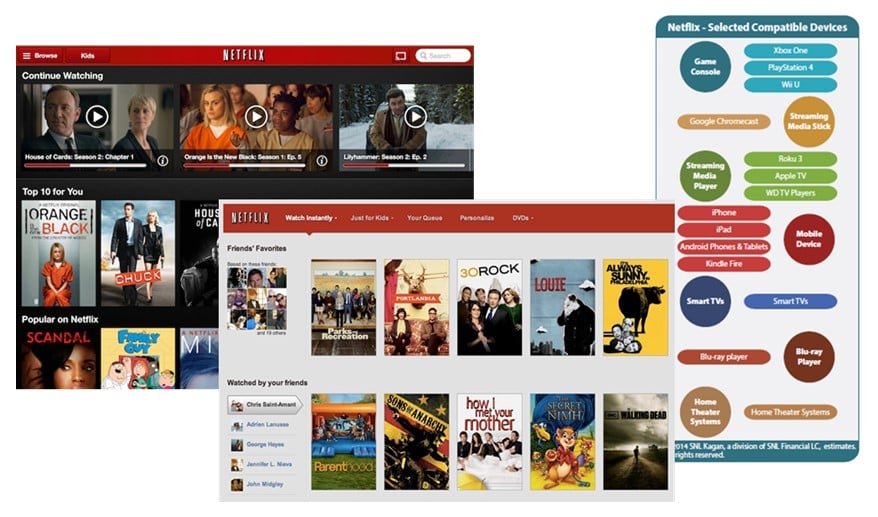
Can telcos compete in the new TV market?
Providing TV and video content can still be a profitable business, but only if telcos play to their strengths by focusing on aggregation, distribution and recommendations.


Providing TV and video content can still be a profitable business, but only if telcos play to their strengths by focusing on aggregation, distribution and recommendations.

Why did AT&T buy, and then sell, DirecTV and Time Warner after only six years? This report looks at AT&T’s decisions, actions and their consequences, and the lessons for others attempting adjacent market moves and M&A.

Driven in part by the COVID-19 pandemic, demand for both core broadband and value-added services is growing. This presents new challenges and opportunities for operators seeking growth “in the home”. However, traditional growth strategies, such as the triple play proposition, have reached maturity – telcos must therefore find new ways to drive sustained growth and stay relevant in the space.

Are BT, AT&T and Swisscom making an attractive return on their major investments in content?

Netflix’s success in the US and in Western Europe has demonstrated that consumers are willing to change how they watch and pay for TV and movies. As a result Netflix’s OTT proposition is challenging traditional pay TV models and changing how new broadband services are looking at content. For some players Netflix is a threat and for others an opportunity. So, how should content owners, channels, pay platforms and broadband providers respond?

The sports network ESPN is a master of the paid content business model, building platform scale and success using premium content. What are the lessons from ESPN’s US and UK strategies for other service providers and content distributors? (September 2009)